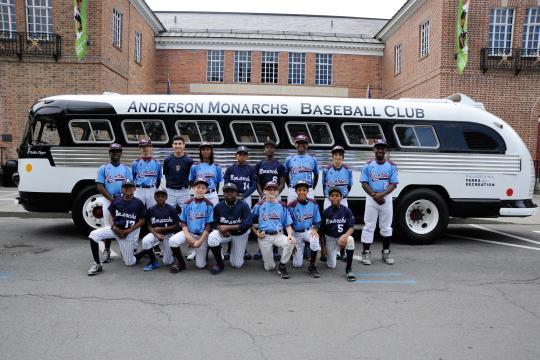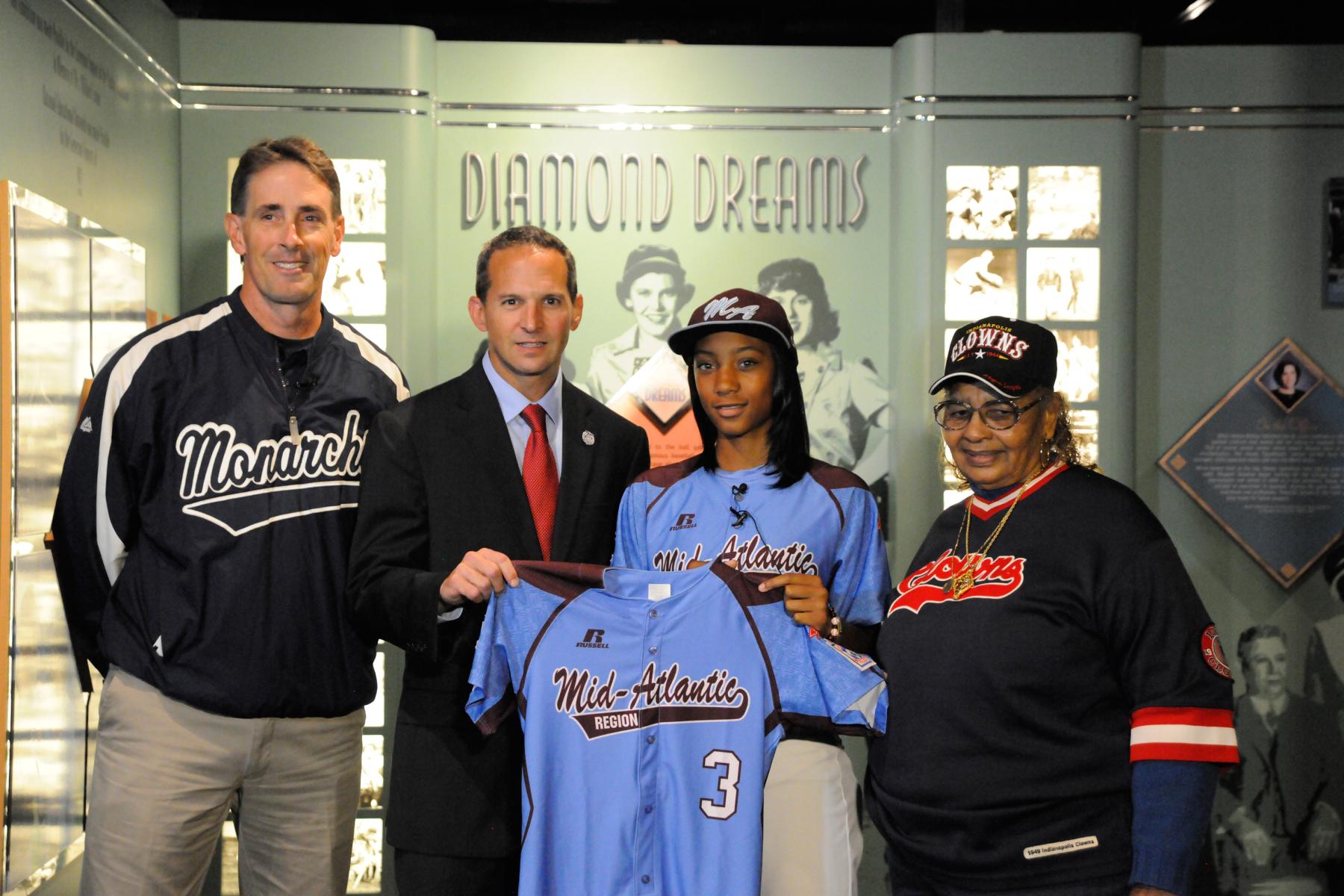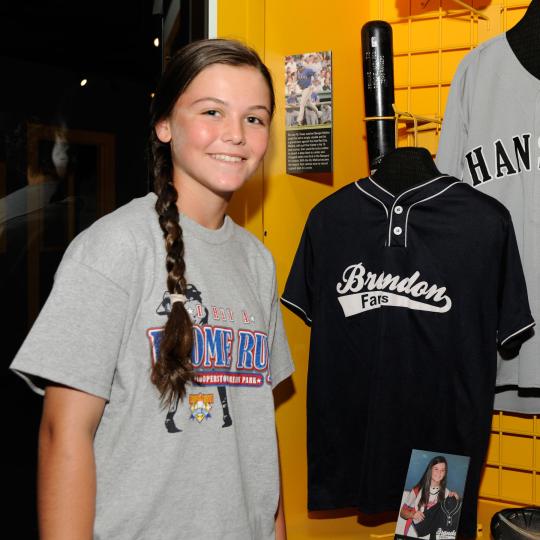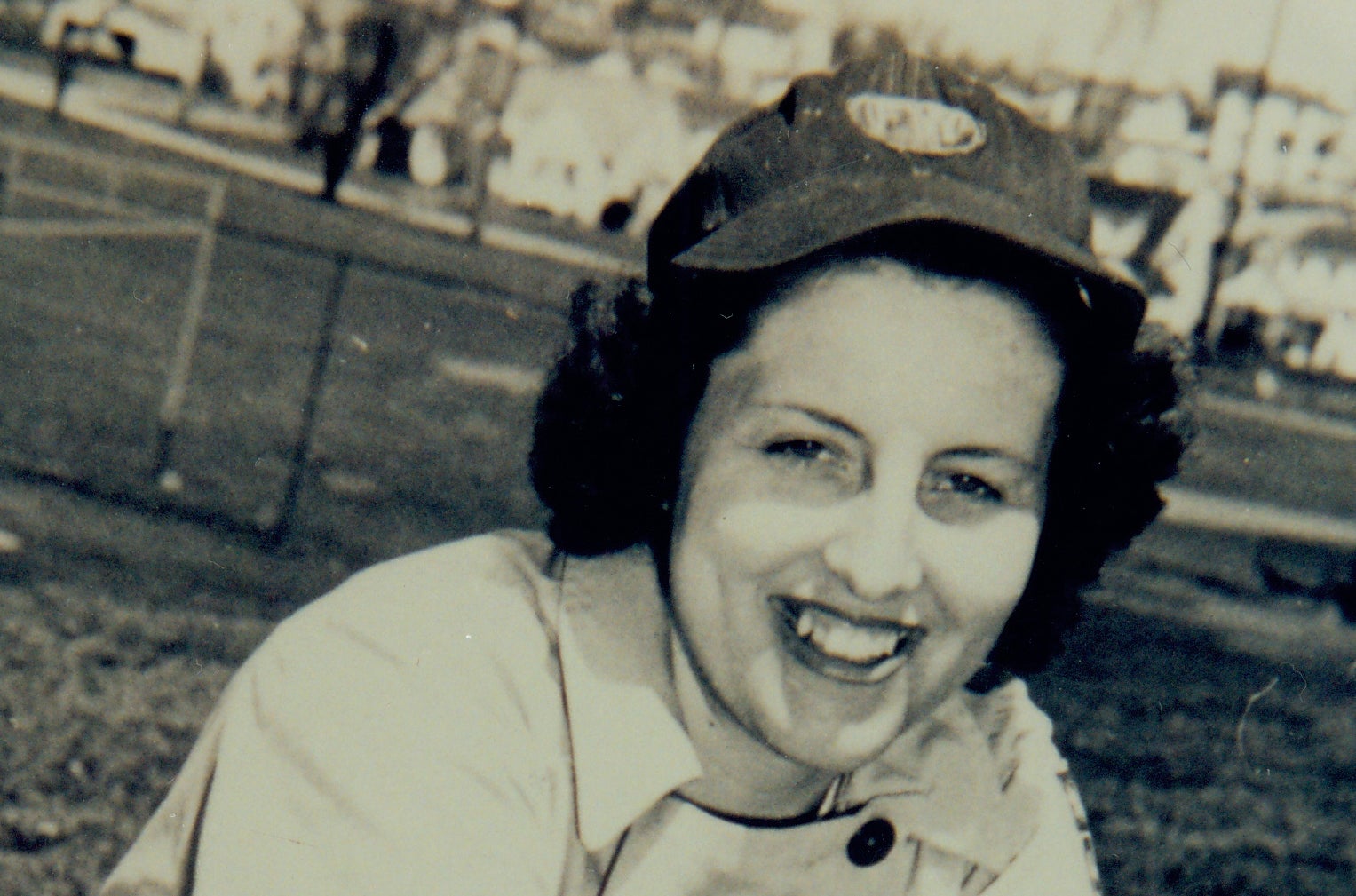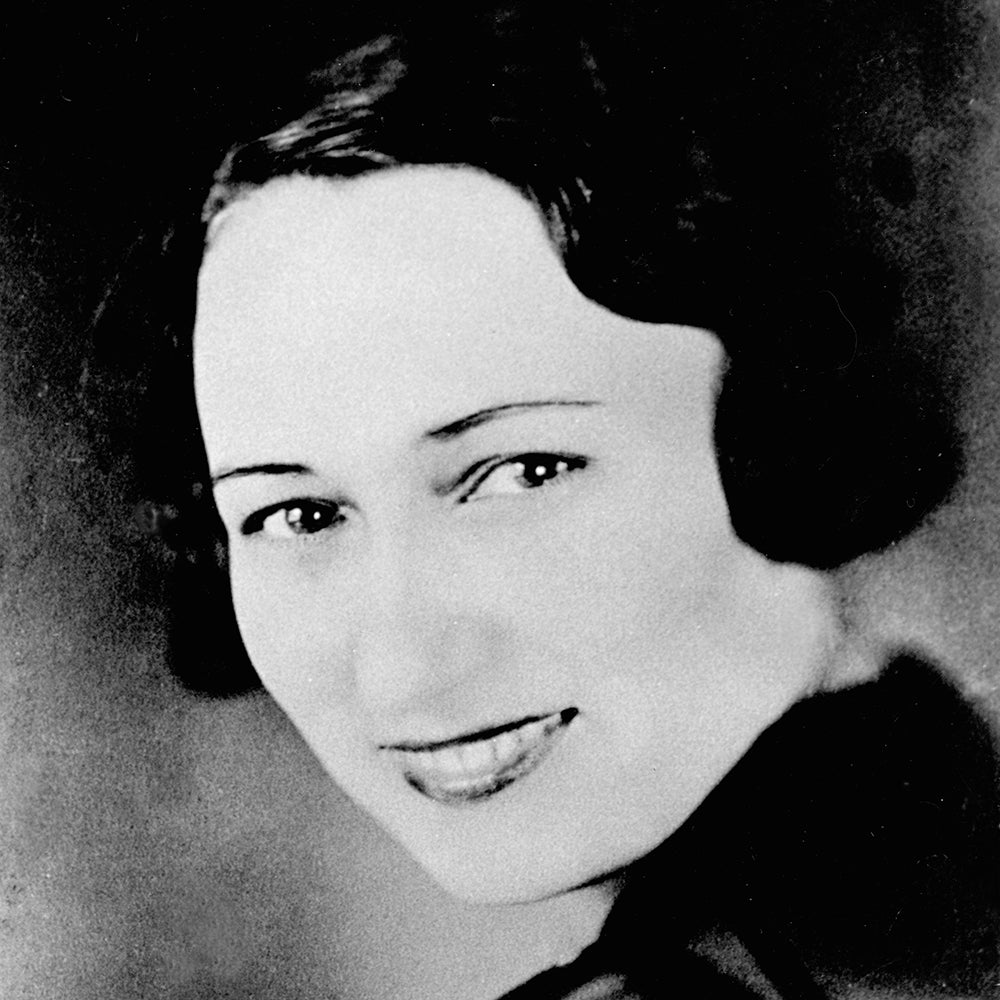- Home
- Our Stories
- Baseball History Filled with Women’s History
Baseball History Filled with Women’s History
It never stops. Baseball history is constantly being re-written, both at the professional and amateur levels. A perfect example of the fluid nature of the game’s history can be found in the subject of girls and women in baseball. Late last summer, the Hall’s Education Department needed to revise its videoconference module, “Dirt on Their Skirts: Women in Baseball,” to reflect the latest developments in the sport. That module now features a short chapter on the accomplishments of a young African-American girl named Mo’ne Davis. As the Museum celebrates Women’s History Month in March, we take a look at some trailblazers who left their mark in Cooperstown.
A place in Cooperstown
In September, the Little League sensation and frequent visitor to the Hall of Fame came back to Cooperstown for a very specific reason: to participate in a ceremony and donate her Little League World Series jersey to the Museum’s collection. It was the same jersey that Davis wore in becoming the first girl to win a game and pitch a shutout in Little League postseason competition. The jersey is now a permanent part of the Museum’s collection of more than 40,000 artifacts.
Mo'ne Davis donated a jersey she wore at the 2014 Little League Baseball World Series. She is seen here with (left to right) Steve Bandura, founder/coach of the Anderson Monarchs, Hall of Fame President Jeff Idelson and Mamie "Peanut" Johnson, one of just three women in play in the Negro Leagues. (Milo Stewart, Jr. / National Baseball Hall of Fame)
“It’s really exciting,” Davis told the Hall of Fame in discussing her feelings about the ceremony. “I’ve come here a lot, and it’s really cool to see all the jerseys, and now to see my jersey will be amazing.”
The Hall of Fame ceremony also included an appearance by Mamie “Peanut” Johnson, one of three women (along with second basemen Toni Stone and Connie Morgan) to have played in the Negro leagues in the 1950s. The 79-year-old Johnson, the lone surviving of the three female baseball pioneers, won 33 of 41 decisions while pitching for the famed Indianapolis Clowns. Listed at five feet, three inches tall, she was called “Peanut” because of her diminutive height and weight. Like Davis, Johnson is prominently featured in the Hall’s “Dirt on Their Skirts” videoconference module.
Changing history
To better understand Davis’ accomplishments, some historical perspective is needed. Forty-two years before Davis’ arrival in the Little League World Series, there existed little equality in Little League. In 1972, Little League administrators in New Jersey informed a young girl named Maria Pepe that she could not play in any more league games. So Maria and her family sued Little League. The case went all the way to the Supreme Court, which ruled that Little League must give girls the opportunity to try out for a team.
The Pepe ruling opened the door for many young girls to participate, ultimately setting the stage for Davis in 2014. Prior to the Little League World Series, Davis was virtually unknown outside of the Philadelphia area. That began to change last August 10, when she led the Taney Dragons to a win in the Mid-Atlantic regional finals, pushing her team into the LLWS. Throwing a fastball in the range of 70 miles per hour (well above the average for 13-year-olds in Little League), Davis shut down a team from Delaware.
Five days later, Davis became the first girl to pitch a shutout in the LLWS, as she blanked a team from Nashville. Allowing only two hits, she needed a mere 44 pitches to finish off Nashville in six innings.
With ESPN providing coverage of the World Series, Davis’ on-field made national news. She also drew praise from retired tennis star Billie Jean King and first lady Michelle Obama. Then, to cap off a series of stories that made her a national sensation, Davis became the first Little Leaguer to earn a place on the cover of Sports Illustrated.
Moving forward
What impact will Davis’ accomplishments have long term? Davis is a talented athlete at baseball, basketball and soccer, raising the possibility that she could become a two-sport star in college. From a broader perspective, it is quite likely that her early success will spur other girls to pursue baseball instead of softball and soccer. Over the long term, this could encourage more high schools and colleges to field baseball teams for girls and women. One expert on women in sports, Leslie Heaphy, believes that Davis will have a long-term impact, but only if the media follows up on her initial success. “ The attention she has gotten has certainly been great for women’s baseball opportunities,” says Heaphy, a professor at Kent State University and the author of four books on baseball. “I think it helped raise awareness for girls already playing who may have thought they were the only ones. I do believe that it can have long term positive consequences if her story is not treated as a one-time idea. There has to be continued interest and emphasis that follows up on what happened this summer, otherwise the interest will fade until we have another single instance like this. It can’t be that the only time women get attention is when a young lady is on the national stage.”
Another young girl, Chelsea Baker of Plant City, Fla., has been making headlines because of her success throwing the knuckleball at the high school level. (Baker was taught how to throw the knuckler by the late Joe Niekro, the brother of Hall of Fame right-hander Phil Niekro.) Heaphy sees a connection between Baker and Davis. “The nice thing to see right now is the continued attention Chelsea Baker is getting,” says Heaphy, “which may be because writers and news stations are more attuned and looking for these stories because of Davis.” There have been numerous female baseball pioneers over the years, including pitcher-turned doctor Alta Weiss, the celebrated Jackie Mitchell (who struck out Babe Ruth and Lou Gehrig in an exhibition game) and Ila Borders, the first woman to win a minor league matchup. Even now as a teenager, Mo’ne Davis has already taken her place next to those notable trailblazers – with perhaps additional accomplishments to come.
Bruce Markusen is the manager of digital and outreach learning at the National Baseball Hall of Fame and Museum

